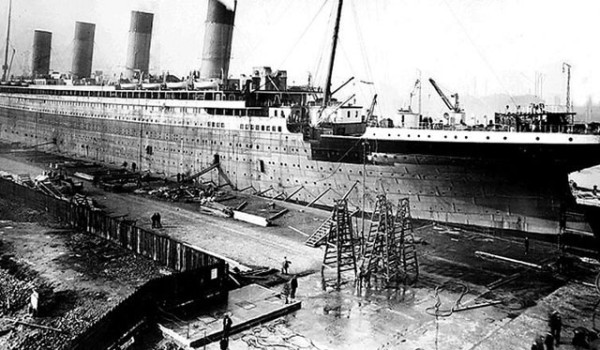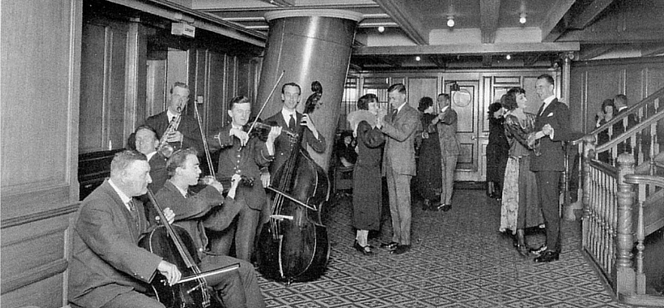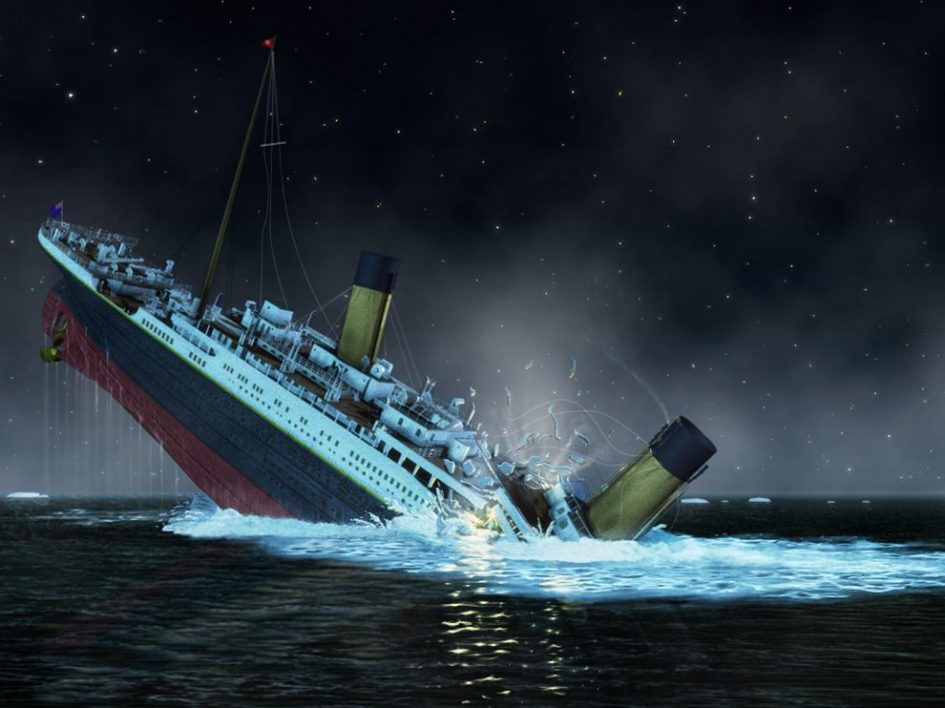The Titanic was a luxurious British steamship built in 1911 which carried over 1,500 passengers to their demise during its journey from Southampton, England, to New York.
The reasoning’s behind the ship’s creation
The Titanic was the outcome of a feud between competing shipping companies during the first portion of the 20th century. Built by company ‘White Star Line’, the Titanic’s main competition were vessels ‘Lusitania’ and ‘Mauretania’. White Star Line was distinct that they weren’t going to challenge them in speed, rather to produce a substantial, dependable and deluxe ship. After over 2 years, thousands of workers and the present-day equivalent of over one hundred million dollars, the vision for the Titanic was finalized by 1911.
Being 269 meters long, 28 meters wide and over 53 meters tall, and weighing over 24,000 tonnes, (with no passengers onboard) it became one of the largest man-made configurations of its time.

https://www.thevintagenews.com/2018/02/25/titanic-2/
Onboard the famous Titanic
A variety of different types of people were onboard the Titanic’s first, and only trip. Including some of the richest and most important people at the time in first class, to tourists in second-class, and with the third class mainly consisting of immigrants heading in order to create a new life in America.
Throughout the shortened duration of the passengers stay onboard the ship, there was an immense lack of activities compared to current-day passenger ships. On the Titanic there was no professional entertainment except 8 musicians who only played for first-class, and sometimes second-class. Pastimes were limited to playing cards, reading, socializing and sitting or taking a stroll on the main deck for fresh air. A few rooms available for use was a library, a men’s smoking room, and a women’s reading/ writing room.

https://www.joytunes.com/blog/music-fun/and-the-band-played-on-music-and-the-titanic/
Far from present-day ships, there were also no shops or pools onboard for passenger use.
Falsely advertised as the ‘Unsinkable’ ship
There were countless mistakes and issues regarding the manufacturing and design process of the infamous Titanic. The biggest complications were it’s 16 watertight compartments, the bulkheads, the hull and the lack of lifeboats.
When the Titanic hit the iceberg, 5 of the compartments ruptured triggering the bow to dip, which in-turn pushed water into the rest of the compartments. The bulkheads and hull were the reason that the Titanic sunk in 3 hours. The tall height of the bulkheads positioned in the hull paused any more flooding. However, the materials used to make the hull may have been state-of-the-art (at the time) but at crisp ice-water temperatures apparently it loses its stability.
Lastly, the biggest factor to lives being lost, the immense scarcity of life-rafts on the ship. Carrying a total of 16 boats and four Engelhardt “collapsibles”, the Titanic could carry (at most) one third of the crew/ passengers onboard. The worrying part is that the Titanic was over top of the life raft requirements deemed by the British Board of Trade.

https://www.quora.com/What-if-the-Titanic-had-enough-lifeboats-and-a-trained-crew
The aftermath
Following the initial sinking of the Titanic, out of the 2,240 crew/ passengers onboard, unfortunately over 1,500 of them deceased in the tragedy. This is over 70% of the ship’s residents and workers. Such a horrific disaster on a massive public scale forced an immense revision over all future ships features and designs.
The Titanic’s miserable submergent has become preserved in history and has influenced documentaries, articles, books, tv dramas and Hollywood blockbusters. The Best-known is the 1997 movie “Titanic” featuring Kate Winslet and Leonardo DiCaprio.

https://mission45.blog/2016/08/05/i-want-to-be-titanic/
Heading image cite: https://www.nationalgeographic.org/media/sinking-of-the-titanic/
Research cites:
https://www.history.com/topics/early-20th-century-us/titanic
https://www.bbc.com/future/article/20120402-the-myth-of-the-unsinkable-ship
https://www.britannica.com/topic/Titanic/Aftermath-and-investigation
https://www.hydro-international.com/content/article/the-titanic-disaster-and-its-aftermath
https://titanicfacts.net/building-the-titanic/
https://www.britannica.com/topic/Titanic
https://en.wikipedia.org/wiki/Titanic
https://www.nytimes.com/2012/04/08/sunday-review/the-not-so-luxurious-titanic.html
https://www.bbc.co.uk/bitesize/topics/zhnkjhv/articles/zfcdqhv

Leave a Reply